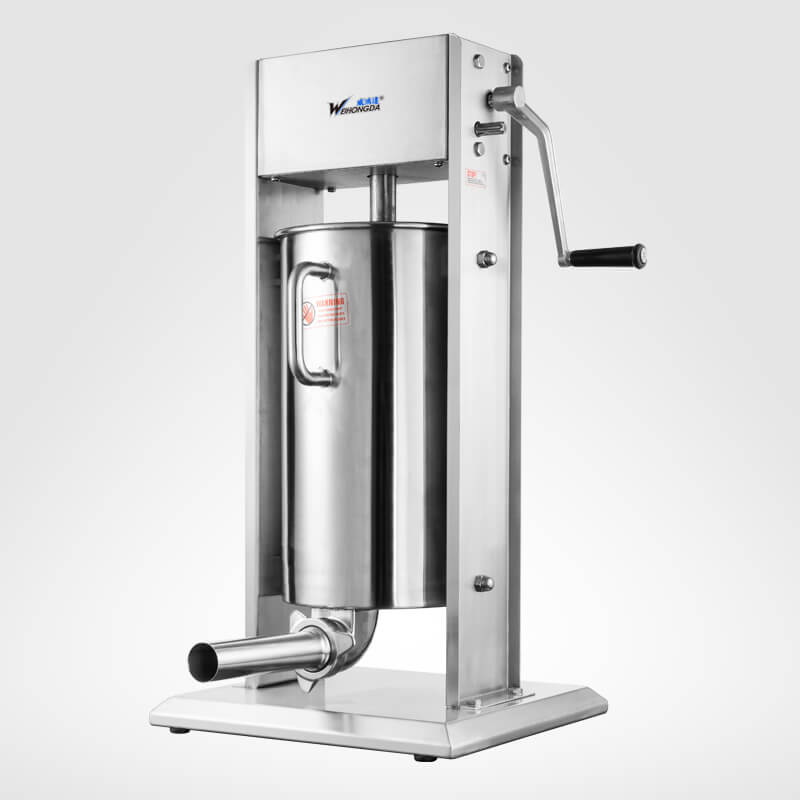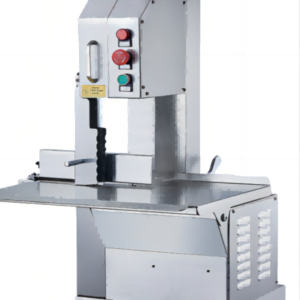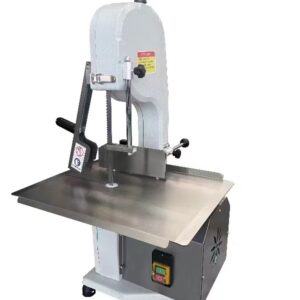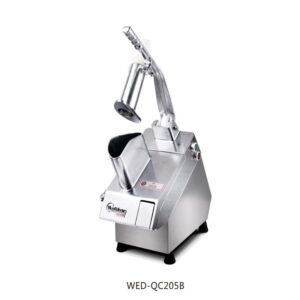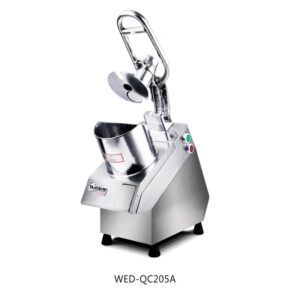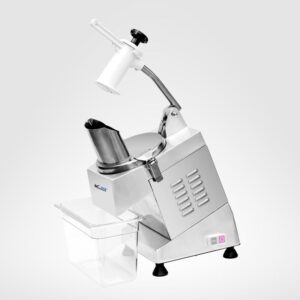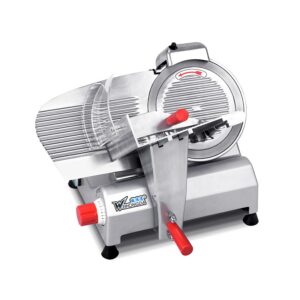Vertical Manual Sausage Stuffer Machine
Description of Manual Sausage Stuffer
A manual sausage stuffer is a kitchen tool used to fill sausage casings with meat mixtures. It typically consists of a cylinder to hold the meat, a plunger to push the meat through the cylinder, and a nozzle or tube to guide the meat into the sausage casing. Manual sausage stuffers come in various sizes and designs, often operated by a hand crank.
Key Features of Manual Sausage Stuffer
- Cylinder Capacity: Available in different capacities, ranging from a few pounds to several pounds of meat.
- Hand Crank: A manually operated crank that allows for precise control over the stuffing process.
- Nozzles/Tubes: Different sizes to accommodate various types of sausage casings.
- Clamp/Base: A sturdy base or clamp to keep the stuffer stable during use.
- Materials: Usually made of stainless steel or heavy-duty plastic for durability and easy cleaning.
Tips for Using a Manual Sausage Stuffer:
- Prepare the Meat Mixture: Ensure your meat mixture is well-mixed and cold to prevent it from becoming too soft and difficult to work with.
- Soak the Casings: If using natural casings, soak them in water to make them pliable.
- Assemble the Stuffer: Attach the appropriate nozzle and secure the stuffer to a stable surface.
- Load the Cylinder: Fill the cylinder with the meat mixture, avoiding air pockets.
- Stuff the Casings: Slide the casing onto the nozzle, crank the handle slowly to fill the casing evenly. Be careful not to overfill to prevent bursting.
- Twist the Sausages: Once filled, twist the sausages into links at your desired length.
Horizontal Manual Sausage Stuffer Machine
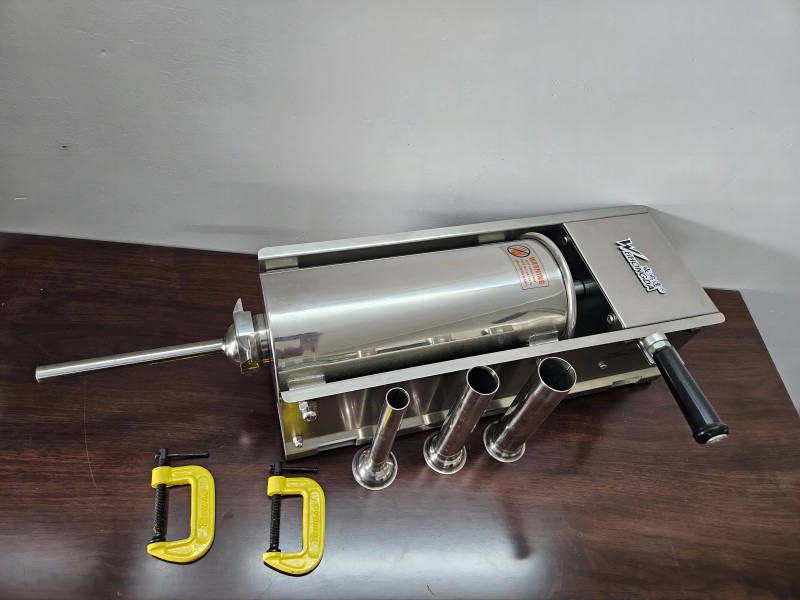
Steps to Use Horizontal Sausage Stuffer
1.Preparation:
- Prepare your sausage mixture according to your recipe.
- Soak the sausage casings in warm water.
2.Setup:
- Attach the machine to a stable surface using the mounting clamps.
- Select the appropriate stuffing tube and attach it to the machine.
3.Stuffing the Sausages:
- Thread the soaked sausage casing onto the stuffing tube.
- Turn the hand crank to push the sausage mixture through the tube and into the casing.
- Control the speed and pressure to prevent air pockets and ensure even stuffing.
4.Filling the Cylinder:
- Open the cylinder and fill it with the sausage mixture.
- Avoid overfilling to ensure smooth operation.
5.Tying Off:
- Once a desired length of sausage is stuffed, twist the casing to form individual links.
- Repeat the process until all the sausage mixture is used.
6.Cleaning:
- Disassemble the machine and clean all parts thoroughly with warm, soapy water.
- Dry all parts completely before reassembling and storing.
FAQs about Sausage Stuffers
Sausage stuffers come in various types, including horizontal, vertical, and horn models. Horizontal and vertical models are popular for their ease of use and capacity, while horn models are typically smaller and more suited for occasional use.
The size of the sausage stuffer depends on how much sausage you plan to make. For small batches, a 3-liter stuffer might be sufficient. For larger batches, consider a 5-liter or 10-liter stuffer to reduce the number of refills.
Sausage stuffers are commonly made from stainless steel, which is durable, easy to clean, and resistant to rust. Some models may have plastic components, but stainless steel is preferred for longevity and hygiene.
To prevent air pockets, ensure the sausage mixture is packed tightly in the stuffer cylinder. Use a food-safe lubricant on the stuffing tube if needed and maintain a steady, even pressure while cranking. Some stuffers also come with an air release valve to help reduce air pockets.
Yes, you can make a variety of sausages with a stuffer by using different stuffing tubes and sausage casings. Most stuffers come with multiple tube sizes to accommodate various sausage types, from breakfast links to large bratwursts.
After each use, disassemble the sausage stuffer and clean all parts with warm, soapy water. Rinse thoroughly and dry all components completely before reassembling. Regular maintenance, such as lubricating moving parts and checking for wear and tear, will help extend the life of your stuffer.

